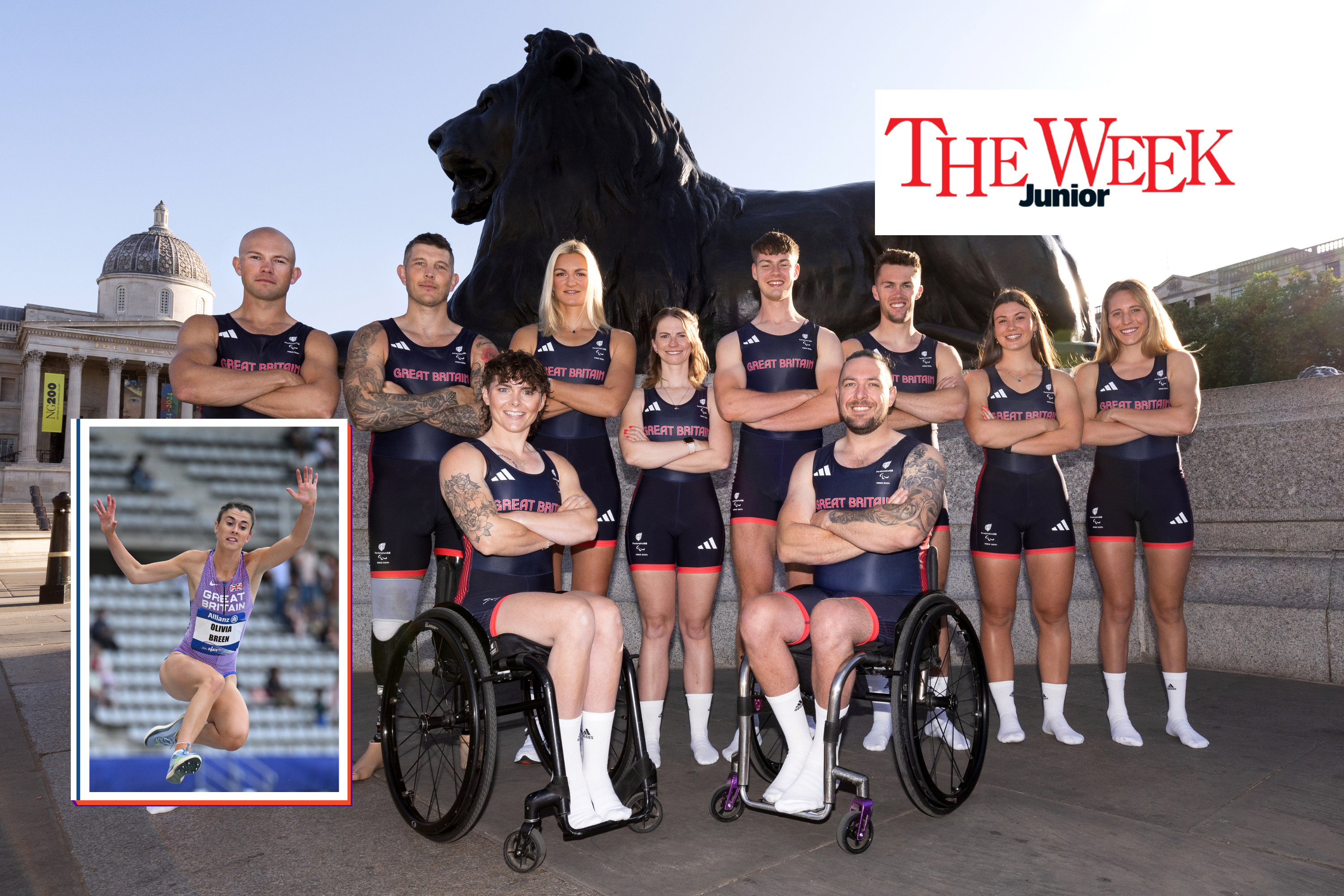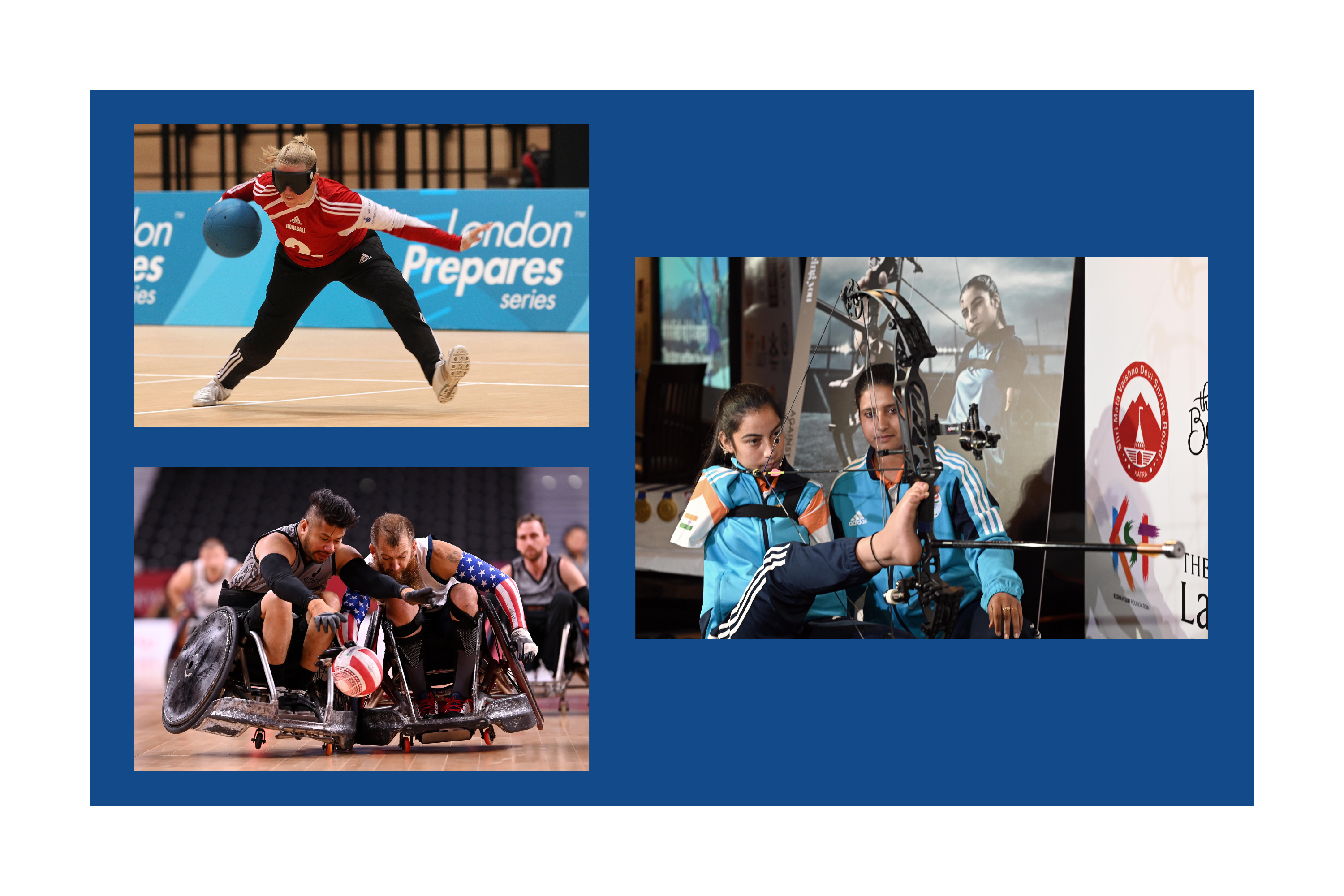Get ready for the Paralympic games – an explainer for kids by The Week Junior
Athletes with disabilities will compete in Paris this summer

The world’s biggest sporting event for athletes with disabilities starts on 28 August and runs to 8 September in Paris, France. It brings together 4,400 athletes from around the world who will compete in 549 events within 22 sports, across various venues including at the Eiffel Tower and Grand Palais. An expected 65,000 spectators and billions of viewers will watch the Paralympic Opening Ceremony.
What are the Paralympic Games?
Para means "alongside” in Greek and shows that the Paralympic Games exist alongside the Olympic Games. Both showcase superhuman feats of sporting excellence and Paralympic athletes often record faster race times than those in the Olympics. The Paralympics are also known for challenging ideas about people with disabilities and bringing positive change to the countries that host them. Before this year’s games, the French government announced it would spend £1.3 billion to make it easier for people with disabilities to access public buildings and transport.
How did the Paralympics start?
The story of the Paralympic Games began in 1948 at a military hospital (where members of the armed forces are treated) in London. Doctor Ludwig Guttmann wanted to speed up the recovery of servicemen and women with spinal (back) injuries after World War Two (1939 to 1945).
So he held a sports competition at the same time as the Olympic Games in London, called the Stoke Mandeville Games after the hospital it was held in. That year, 16 wheelchair athletes took part in an archery competition. The event grew and the first official Summer Paralympics was held in Rome, Italy, in 1960. The Winter Paralympic Games have taken place every four years since 1976, when they started in Sweden.

Fair games
To make the Games as fair as possible, athletes compete in different groups within each sport. They are worked out with a system of letters and numbers that might look complicated, but mean people with similar levels of disability compete together.
To qualify, athletes must first belong to an impairment group, which means having a physical or mental disability. The Paralympic Games lists 10 groups including visual (how well you see) and muscle power (how well your muscles move). Athletes are then tested and placed in groups within each sport based on how much their disability affects their performance. This means athletes with different disabilities can compete against each other.
Team GB athletes to watch
One of the biggest names in Team GB is Aled Sion Davies, the shot put and discus thrower who has won gold medals at all three of his Paralympic games. Davies was born with a condition called fibular hemimelia. His right leg was wrapped round his back. He tried to hide his disability while having frequent operations until he was 17, but says sport has given him a confidence he never had before.
GoodtoKnow Newsletter
Parenting advice, hot topics, best buys and family finance tips delivered straight to your inbox.
Thomas Young won a gold medal for the 100 metre sprint at the last Paralympics four years ago, and is “so excited” to try again this time. Thomas was diagnosed with neurofibromatosis type 1 at the age of 12, a condition that causes tumours to grow along your nerves. One of the youngest members of Team GB is Iona Winnifrith, aged 13, who will be swimming the 100 metre breaststroke and hopes to “grab a medal” at her first Games this summer. Long jumper and sprinter Olivia Breen also hopes to scoop more medals this year. She has cerebral palsy (a group of conditions that affect movement) and is partly deaf, and has won medals of all colours at international sporting competitions. "No matter what disability you have, you can also achieve your dream," Breen says.
3 Paralympic sports

- Para archery: Archery involves shooting arrows at targets up to 70 metres away, the same distance as at the Olympic Games. To make the competition fair, athletes can use mouth tabs to help them pull the bow string and sit in wheelchairs.
- Goalball: This team sport is played by athletes who have lost some or all of their sight. Players wear a mask over their eyes and try to score goals by throwing a ball, which has bells inside to make a noise when it bounces. Players rely on their hearing so the audience has to watch the game in complete silence.
- Wheelchair rugby: The sport used to be known as “murderball” in its early days because of the fierce collisions between chairs. Teams can be mixed, with men and women competing together. Four players on each side must dribble or pass a round ball every 10 seconds and to score a goal they must have two wheels over the line.
Recent updates
This feature was originally published in August 2024 in The Week Junior, which is also owned by Future Publishing.
Subscribe to The Week Junior
Get your first 6 issues free - saving £21 - when you subscribe to The Week Junior magazine. Continue on subscription and pay just £33.99 every 3 months, saving 25% off the cover price, unless cancelled in the trial period.